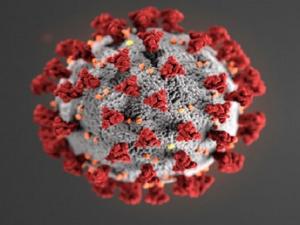
By David Young, PA
Coronavirus risks are higher in the most deprived areas of Northern Ireland, statistics have indicated.
Two reports published on Wednesday both show a link between deprivation and Covid-19 infections and death rates.
One of the reports - from the Northern Ireland Statistics and Research Agency (Nisra) - also revealed that five people whose deaths were linked to coronavirus were healthcare or care-related workers.
However, while the five were of working age - 20-69 - the Nisra statistics do not confirm whether they were working on the front line prior to their death, raising the possibility that they could have been retired or shielding with an underlying health condition.
The Nisra report analysed the 764 fatalities that occurred between March 1 and May 31 where Covid-19 was listed as a factor on the death certificate.
Statisticians adjusted the figures to account for differing age profiles across the region.
The figures show that the Covid-19-related age-standardised mortality rate (ASMR) was highest for the 20% most deprived areas of Northern Ireland, at 60.5 deaths per 100,000 population. That compared with an ASMR of 48.2 per 100,000 for the region as a whole.
The 20% most affluent areas in Northern Ireland actually recorded more Covid-19-linked deaths in the period than the most deprived areas - 176 to 149.
However, as more older people tend to live in affluent areas, the more deprived areas emerge as the most affected by Covid-19 when adjustments are made to reflect the differing age profiles.
The Department of Health published similar research on Wednesday.
It compared the most and least deprived areas for infection rates and hospital admissions up to May 26.
It found that the infection rate in the 10% most deprived areas - 379 cases per 100,000 population - was a fifth higher than the rate in the 10% least deprived areas - 317 cases per 100,000.
The least deprived areas recorded the second highest infection rate across all ages. The average was 272 cases per 100,000 population.
The infection rate among those aged over 65 was almost two-fifths higher in the 10% most deprived areas - 1,027 cases per 100,000 - than the rate in the 10% least deprived - 750 cases per 100,000 population.
The hospital admission rate for Covid-19 (suspected and confirmed) in the 10% most deprived areas - 581 admissions per 100,000 population - was almost double the rate in the 10% least deprived areas - 317 admissions per 100,000 population.
The Nisra age-standardised analysis compared mortality rates for a variety of different groups of the population.
The overall ASMR for Northern Ireland was 48.2 per 100,000.
In terms of geography, the Belfast City Council area had the highest Covid-19-related age-standardised mortality rates (ASMR), with 81.1 deaths per 100,000.
This was followed by Antrim and Newtownabbey at 64.4 per 100,000.
Fermanagh and Omagh had the lowest Covid-19 related ASMR of 16.2, followed by Derry and Strabane on 25.0.
In respect of the overall urban/rural picture, the highest Covid-19-related ASMR was found in urban areas - 59.0 deaths per 100,000.
This was significantly higher than ASMRs in areas categorised as mixed urban/rural - 37.7 - and rural - 30.4.
The age-adjusted figures also show that males had a significantly higher rate of death linked to Covid-19 - 60.4 deaths per 100,000 of the male population compared with 40.4 deaths per 100,000 females.
Ethnicity is not recorded on death certificates in Northern Ireland.
Nisra statisticians instead looked at people's country of birth.
The findings were broadly in line with the proportions in the 2011 census - almost 90% of the deaths were of people born in Northern Ireland.
Of the 86 people in the working age bracket who have died, five had their profession recorded as a healthcare or care-related occupation on their death certificate.
Thirty-five (40.7%) were in the skilled trades, elementary occupations or process, plant and machine operative occupational groups.


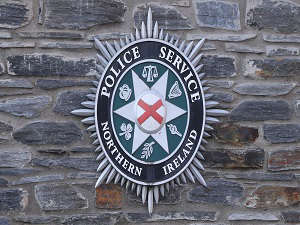 Viable pipe bombs found at site near Co Down nursery
Viable pipe bombs found at site near Co Down nursery
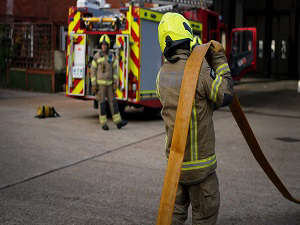 ‘Extreme’ wildfire risk issued for Northern Ireland
‘Extreme’ wildfire risk issued for Northern Ireland
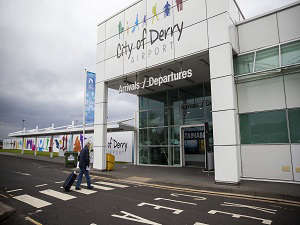 Londonderry to Heathrow flight route secured for two more years
Londonderry to Heathrow flight route secured for two more years
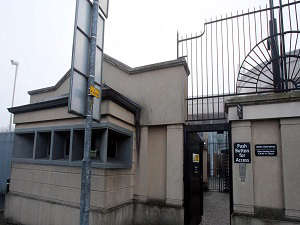 Man remanded in custody over 1979 murder of part-time soldier in Co Armagh
Man remanded in custody over 1979 murder of part-time soldier in Co Armagh
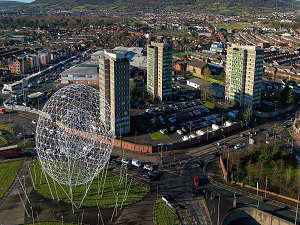 Warning over reckless behaviour after teenage girl hit on head with brick
Warning over reckless behaviour after teenage girl hit on head with brick